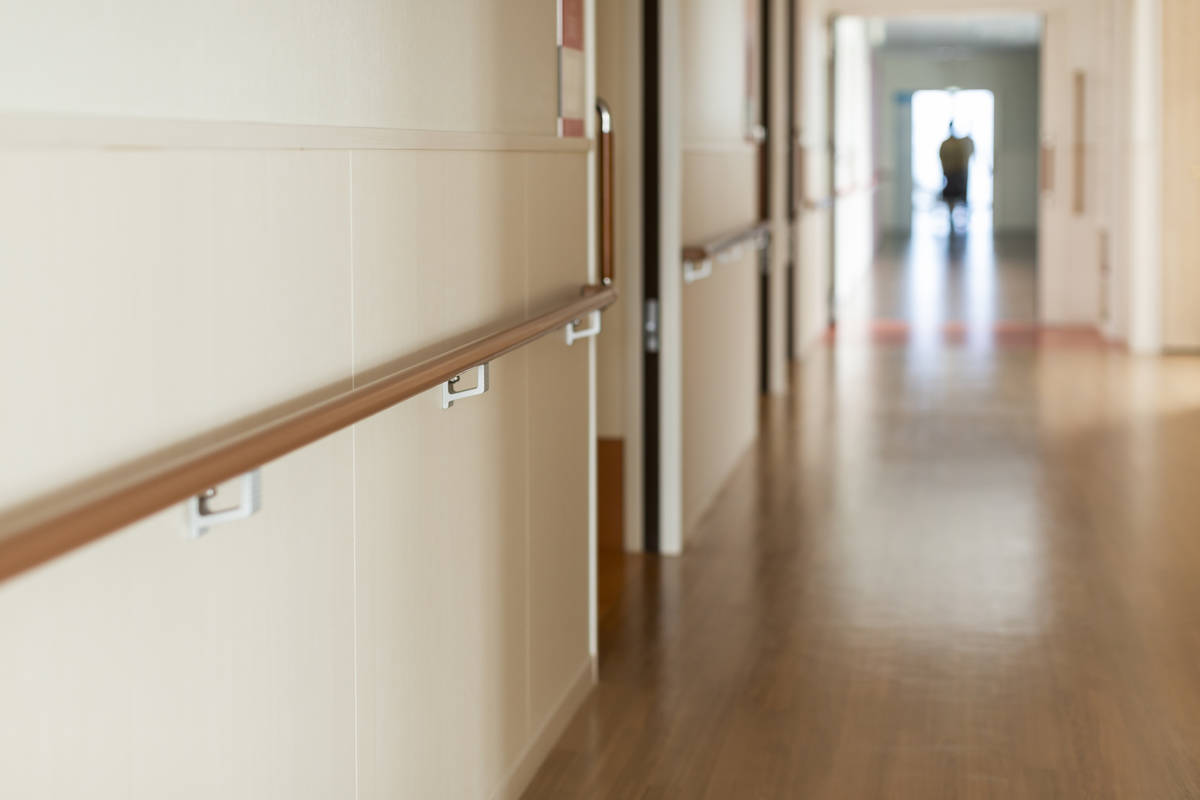
The American Health Care Association and National Center for Assisted Living released a report on Nov. 17 showing new COVID cases in nursing homes in the U.S. have reached a record number of weekly new cases, surpassing previous peaks since the Centers for Medicare &Medicaid Services started tracking cases in nursing homes.
Recent data released by Johns Hopkins University and CMS show that with the recent spike in new COVID cases in the general U.S. population, weekly nursing home cases are also on the rise. According to Johns Hopkins University, weekly new COVID cases in the general U.S. population rose 140% the week of Nov. 1. A correlating uptick in new cases in nursing homes occurred when cases in the surrounding community started rising back in mid-September.
As experts have repeatedly noted, COVID-19 cases in a surrounding community are a top factor in outbreaks in nursing homes. University of Chicago’s Tamara Konetzka, a nationally recognized expert on long-term care, recently said, “Trying to protect nursing home residents without controlling community spread is a losing battle.”
“Our worst fears have come true as COVID runs rampant among the general population, and long-term care facilities are powerless to fully prevent it from entering due to its asymptomatic and pre-symptomatic spread,” said Mark Parkinson, president and CEO of AHCA/NCAL. “Our health care heroes are doing everything they can to prevent it from spreading further, but this level of COVID nationwide puts serious strain on our workforce, supplies and testing capacity.
“If everybody would wear a mask and social distance to reduce the level of COVID in the community, we know we would dramatically reduce these rates in long-term care facilities.”
During the first week of November, 47 percent of new COVID cases in nursing homes were from Midwest states with major spikes in community spread in the upper parts of the region. As a result, the Midwest region saw a 200% increase in weekly COVID cases in nursing homes since mid-September.
After seven weeks of declining cases in nursing homes through mid-September, nursing home cases began to increase as nearly all 50 states have started to see rising levels of COVID cases. New weekly cases in nursing homes grew by 73% nationwide between mid-September and the week of Nov. 1.
The report also showed COVID-related deaths in nursing homes have risen slightly. Nursing home residents are typically older adults with multiple chronic conditions, making them most vulnerable to COVID-19. Residents of long-term care facilities account for only 8% of the nation’s cases, yet 40% of its deaths. While mortality rates have decreased compared to the spring thanks to a better understanding of the virus, better treatments and government resources to help reduce spread, industry leaders remain deeply concerned that the rising number of new COVID cases in facilities will ultimately lead to an increasing number of deaths.
“We are especially concerned that this situation will only get worse with Thanksgiving just around the corner,” Parkinson said. “The public must realize that their actions not only endanger our nation’s most vulnerable but also trigger government lockdowns of facilities, keeping these residents from their loved ones. This is detrimental to their health, well-being and happiness. We urge everyone to do their part to slow the spread immediately and exercise caution when celebrating Thanksgiving.”
With rising new COVID cases across the country, Parkinson said Congress must prioritize frontline health care workers and long-term care residents during the lame duck session, the AHCA/NCAL believes. This week, the organization released a list of actions that Congress should urgently take to help nursing homes and assisted living communities respond to the uptick in new cases.
Most of the $175 billion Provider Relief Fund provided by the CARES Act in April has been distributed, and Parkinson said health care providers, including long-term care facilities, will need additional funds to continue the response to the COVID pandemic heading into the cold and flu season. The financial aid is crucial in helping long-term care facilities acquire personal protective equipment, conduct regular testing and hire additional staff.
“Congress must fulfill its duty,” Parkinson said. “Without adequate funding and resources, the U.S. is repeating the same mistakes made during the initial outbreak last spring and the major spike over the summer. We need Congress to prioritize our vulnerable seniors and their caregivers in long-term care facilities by passing another COVID relief package during the lame duck session in Congress.”